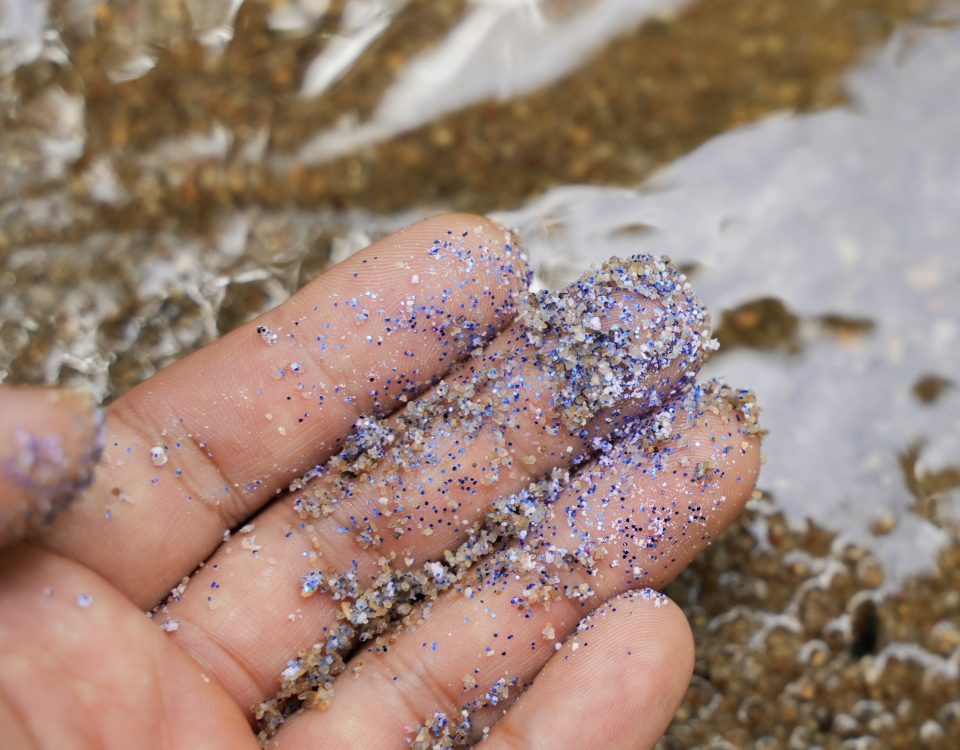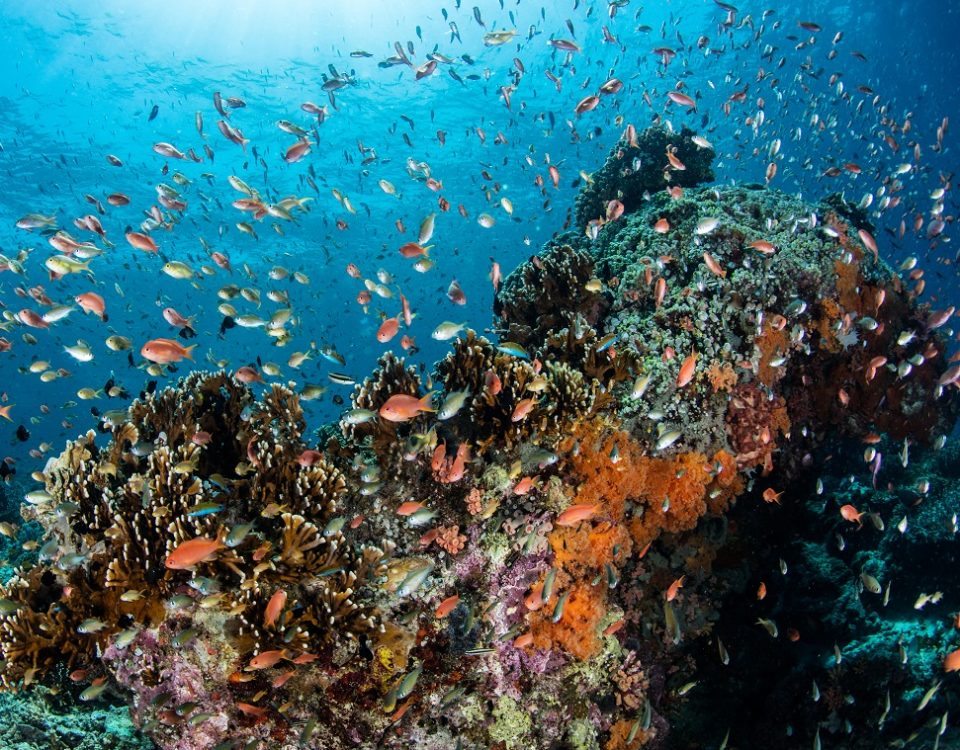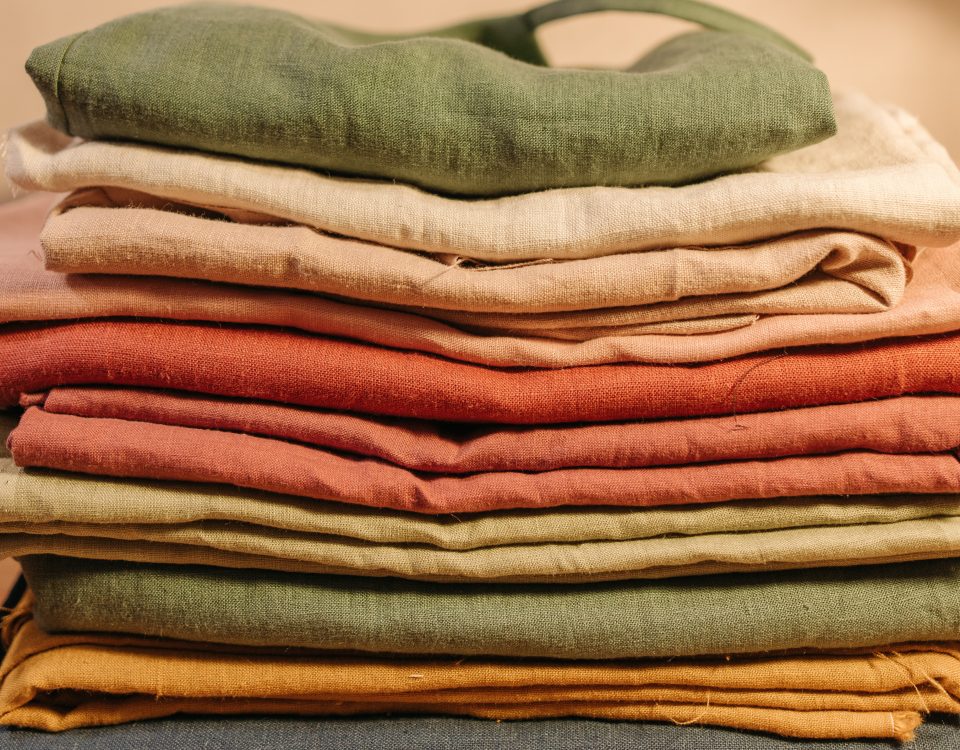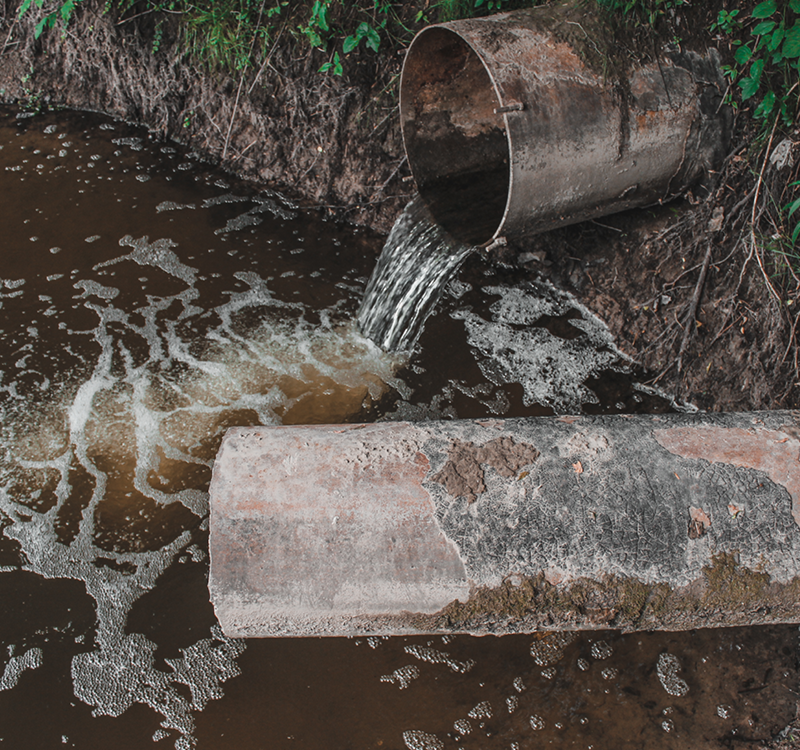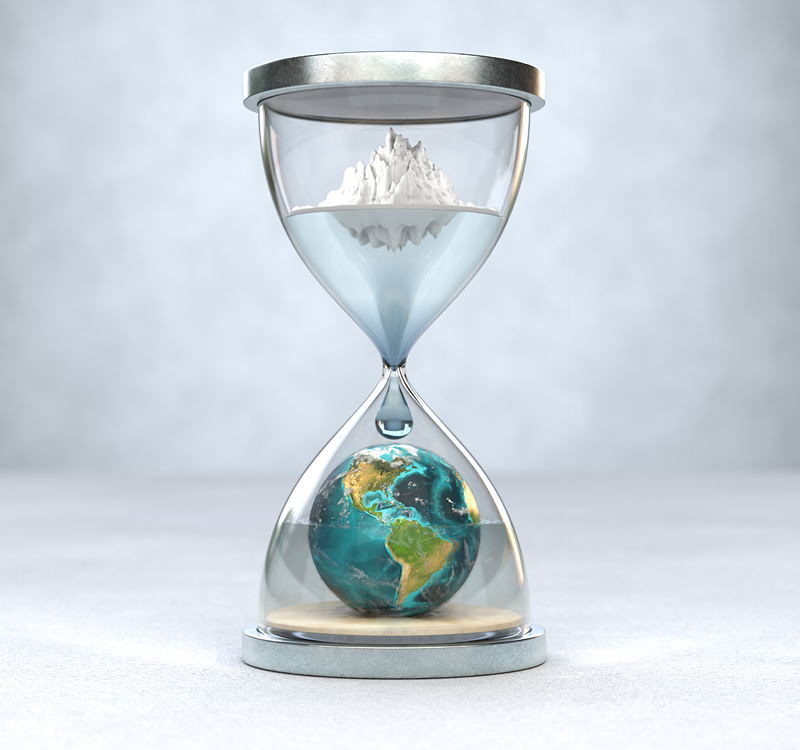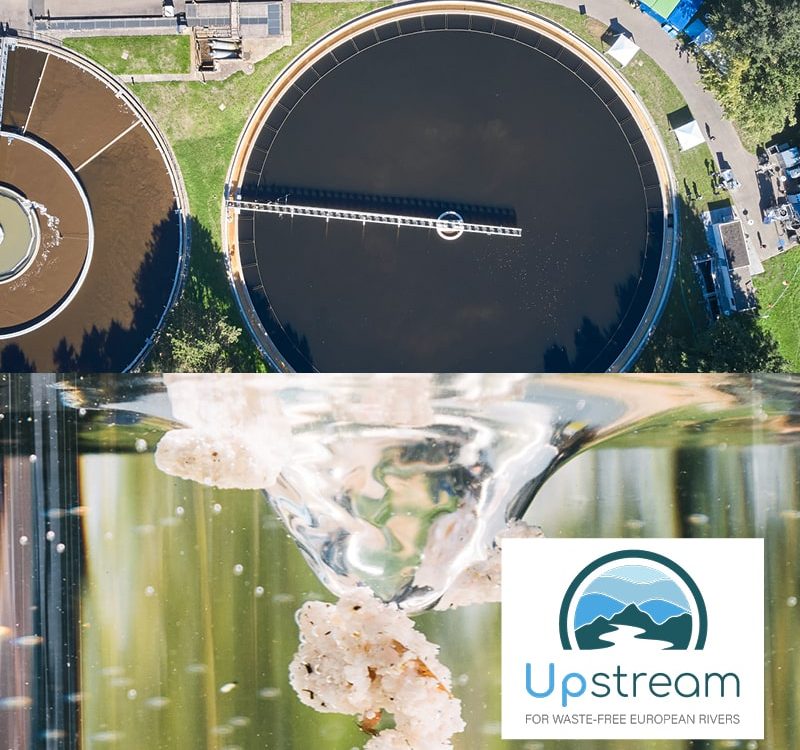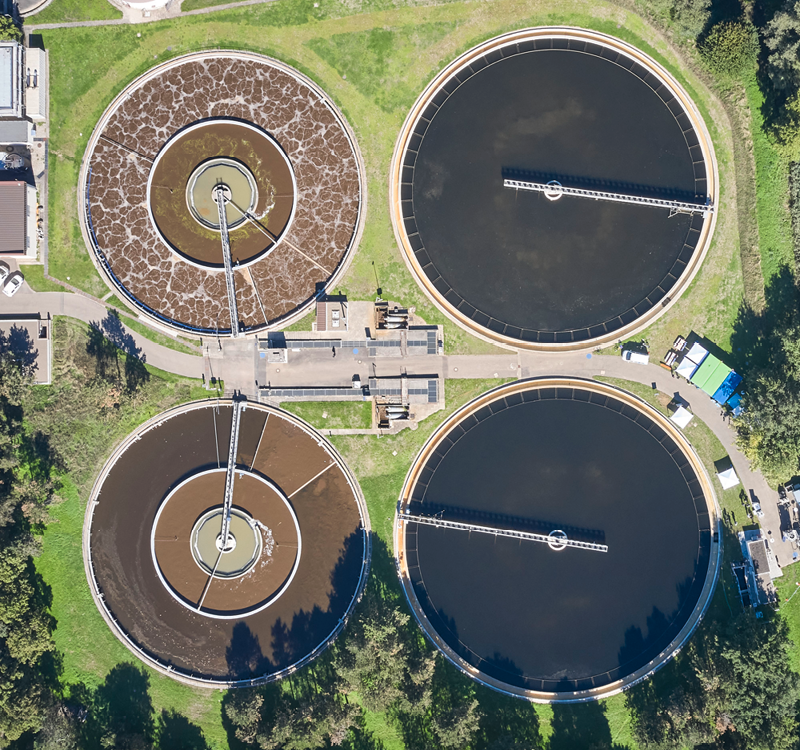8. August 2024
Auf dem Rad, beim Laufen, beim Fußball, oder als Begleiter für unterwegs. Die Kunststoffflasche ist vom Sport und aus unserem Alltag kaum wegzudenken. Fast auf jeden Foto von Athlet:innen, nicht nur Olympia, Weltmeisterschaften, sondern auch bei Jedermannrennen, im Fitnessstudio oder am Strand zu finden, ist das Versorgungsmedium unseres Körper mit Elektrolyten und Flüssigkeit. Auch mit anderen Schadstoffen? Vergleichende Daten zum Thema Mikroplastik fehlen bisher. Wir haben uns dem Thema angenommen, dass so von Marketingseite vieler Unternehmen gepushed wird und klären auf.


